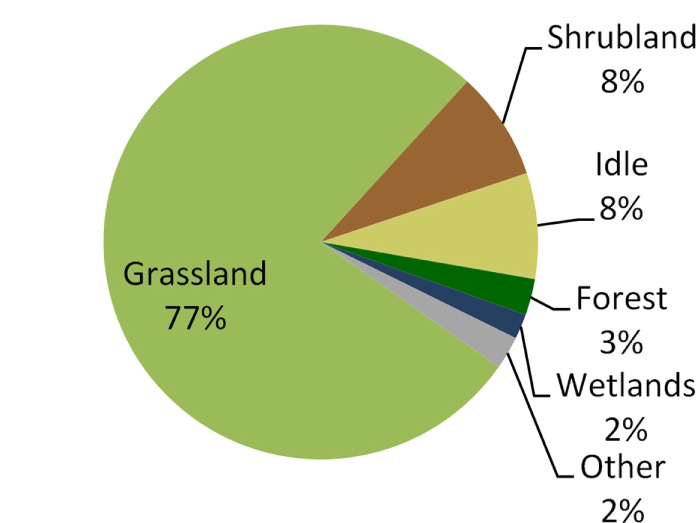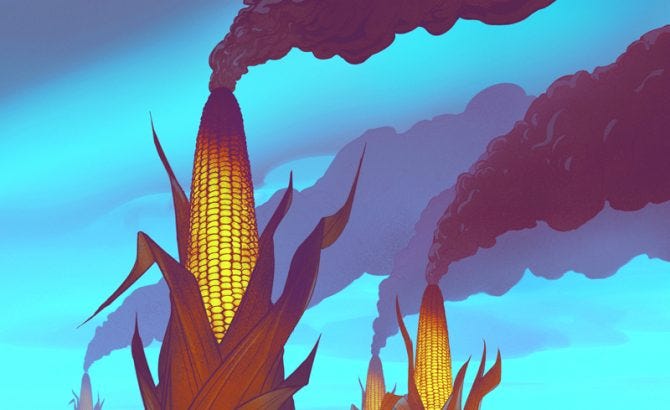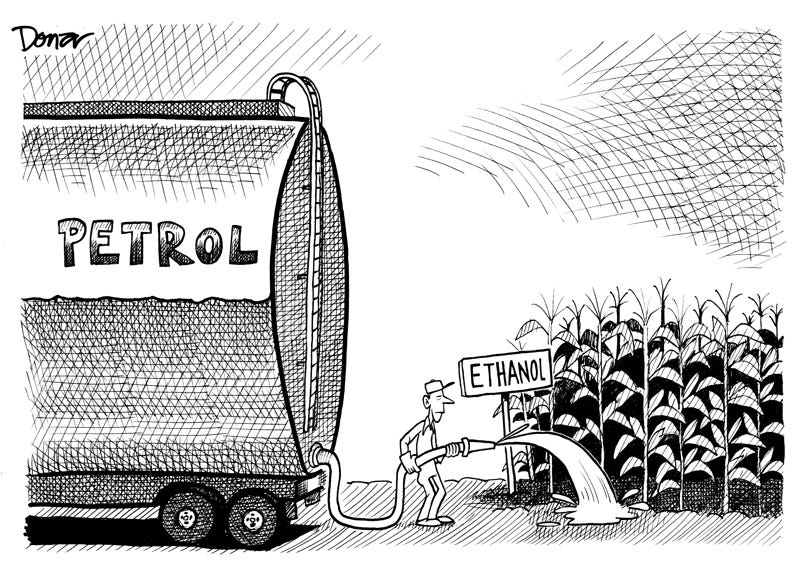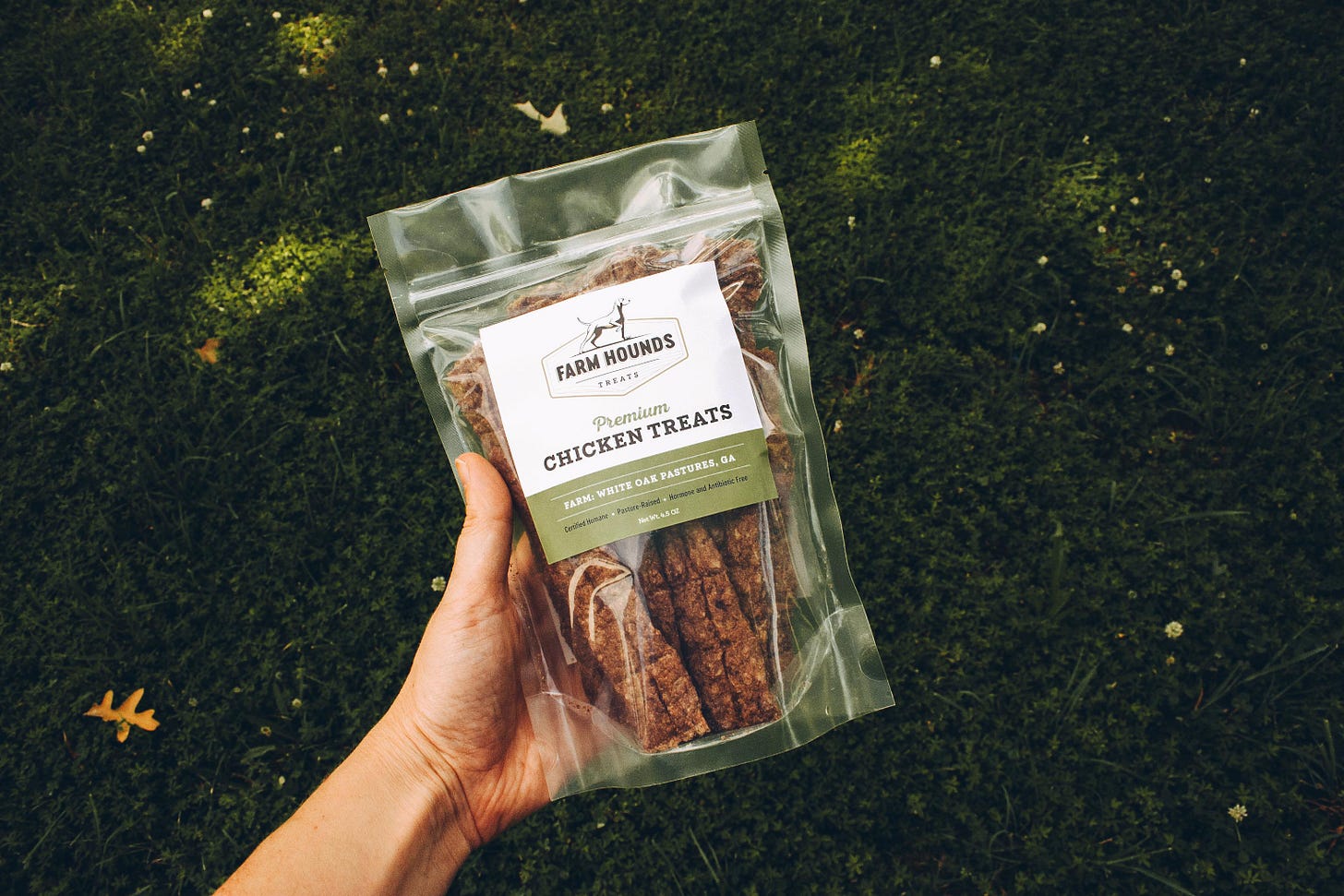🏭 Ethanol: The fuel behind the “dot-corn bubble”
Welcome back to The Regeneration Weekly, a newsletter delivering regenerative food and agriculture news to your inbox every Friday. Not a subscriber yet?
Progress: The Renewable Fuel Standard (RFS) was established in 2005 by the Energy Policy Act and upgraded via the Energy Independence and Security Act of 2007. In a nutshell, the RFS, which is administered by the Environmental Protection Agency (EPA), requires petroleum refiners to add increasing amounts of renewable alternatives into the nation's transportation fuels. The motive behind the RFS was to reduce greenhouse gas (GHG) emissions, curb America’s addiction to foreign oil, and catalyze the development of new biofuels. Of the 36 billion gallons of biofuel required in 2022, up to 15 billion gallons can be produced from corn. In doing so, the portion of the US corn crop devoted to fuel has quickly risen from 11 percent in 2004 to 40 percent in the present day. Unfortunately, the demand for ethanol has led to a “dot-corn bubble” - increasing corn prices while delivering little, if any, benefits to our nation’s:

Energy efficiency: Ethanol fuel production is a net energy-loss technology. It takes 131,000 British thermal units (BTUs) of energy to produce and convert corn into a gallon of ethanol. When burned, that same gallon only produces 77,000 BTUs - wasting 54,000 BTUs of energy. In fact, a 2016 paper uncovered that the net impact of the RSF was to increase GHG emissions from cars by 22 million metric tons of carbon dioxide (CO2) annually - equivalent to the output of nearly six coal-fired power plants. And by displacing about 10 percent of petroleum at the gas pump, the ethanol mandate has done little more than expand the supply of gasoline, thereby helping keep fossil fuel prices low. As a result, people can drive more while buying less efficient vehicles.
Environmental footprint: Even though ethanol advocates claim that it is a green fuel source, industrial-scale corn farming comes with a large environmental footprint. Corn requires an average of 138 pounds of fertilizer per acre. The overuse of nitrogen fertilizer is what emits nitrous oxide (N2O), a GHG 300 times more potent than CO2, and increases nutrient run-off. Over the past two decades, nitrate pollution has stained water from the Midwest to the Gulf of Mexico - generating a “dead zone” larger than Connecticut. And following the passage of the RFS, about 8.4 million acres of non-cropland had been converted to corn alone between 2008 to 2011, according to the Environmental Working Group (EWG). These land-use changes resulted in annual emissions between 85 million to 236 million metric tons of CO2. Thus, corn ethanol may be worse for the environment than fossil fuels when considering the impacts associated with its production - i.e., plowing, growing, harvesting, transporting, and processing.

Agricultural Sector: Farmers have responded to higher prices of corn for ethanol by increasing production across 35 million acres of land - an area larger than the state of Illinois. At least 1.6 million acres of natural grassland have been plowed under to make room for the commodity crop, which requires 140 gallons of fossil fuels per acre to plant, grow, and harvest. The destruction of America’s grasslands, otherwise known as our “carbon vault,” releases carbon stored in the soil back into the atmosphere. And the diversion of arable land for biofuel production further constricts the supply of cropland available for food, especially fruits, vegetables, and nuts, which farmers can sell for a higher margin. Moreover, new studies link corn for ethanol to declining bee populations, with negative implications for other specialty crops that depend on these insects for pollination. In short, farmers growing corn to feed the broken biofuel industry are leading themselves towards a future where their land is only suitable for industrial monocultures.
If the US government scrapped the ethanol mandates, it would cause the price of corn to drop dramatically - triggering a wave of farmers to replace their acreage with more valuable crops or pastures for grazing. Unfortunately, a key aspect of Biden’s campaign agenda included promoting ethanol production, declaring it “vital to the future of rural America - and the climate.” In truth, our ecosystems and farming communities would be better off by converting a large portion of land now devoted to corn to more ecologically sound and efficient production systems. In 2022, the renewable fuel standard will expire. And it will be up to the EPA to decide whether to maintain support for biofuels or to help growers transition away from corn production. To better understand the role our federal subsidies play in the future of agriculture, check back in for next week's issue.
Watch: "The Ethanol Effect" delves into the human, environmental and political costs of growing and refining corn for ethanol in America. The documentary, hosted by David Biello, takes viewers on a journey from Iowa’s farm fields to Washington’s corridors of power - unpacking why the choices between food or biofuel are sparking controversy across the country.
Shop: Farm Hounds is on a mission to make nutritional dog treats and chews that support family farms, regenerative agriculture, and humane ranching practices. When you make a purchase, you can feel good knowing the exact farm partner they worked with to make that treat. And by sourcing byproducts that aren’t sellable to human markets, Farm Hounds helps regenerative ranchers gain revenue on every piece of the animal. Their process is simple: dehydrate 100% animal ingredients, with nothing ever added. Healthy products that your dog will love, all while giving you the comfort of knowing exactly where their treats and chews are coming from. Use code “SOILWORKS” for 20% off your first order when you visit farmhounds.com!
Disclaimer: The Regeneration Weekly receives no compensation or kickbacks for brand features - we are simply showcasing great new regenerative products.
The Regeneration is brought to you by Wholesome Meats | Soilworks | PastureMap.





